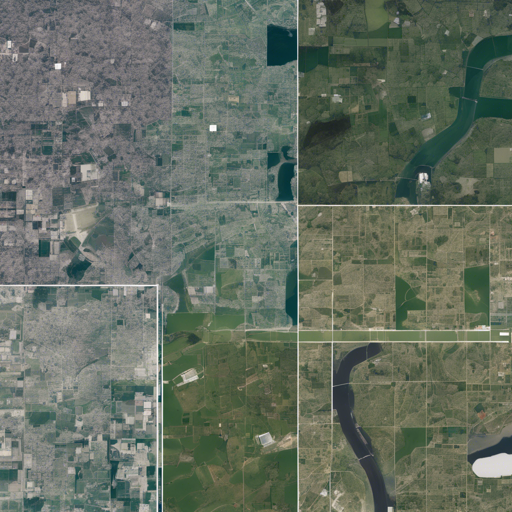In the realm of remote sensing imagery, detecting changes is crucial for understanding environmental shifts and monitoring urban development. In this blog, we’ll explore how to implement the STAR and ChangeStar methods from the ICCV 2021 paper titled “Change is Everywhere: Single-Temporal Supervised Object Change Detection for High Spatial Resolution Remote Sensing Imagery.” This guide will help you set up the necessary environment, prepare datasets, and execute training and evaluation processes.
Introduction to Change Detection
Change detection is like a detective game where you compare two scenes and spot differences. Imagine looking at two photos of the same location taken at different times; you would notice changes in buildings, roads, or vegetation. Similarly, in remote sensing, we analyze satellite images to detect such variations over time. With the STAR and ChangeStar methods, the aim is to create robust detectors that can effectively identify these changes even with limited temporal supervision.
Getting Started
Installation
First, make sure you have EVer installed, which is a requirement for running the code.
- Run the following command to install it:
bash
pip install ever-beta==0.2.3
Requirements
- pytorch = 1.6.0
- python = 3.6
Prepare the Datasets
You will need the following datasets:
Next, create soft links to these datasets:
bash
ln -s pathtoxView2 .xview2
ln -s pathtoLEVIR-CD .LEVIR-CD
Training and Evaluation
Now, it’s time to train and evaluate your models under different supervision settings.
Single-Temporal Supervision
bash
bash .scripts/train/xView2/r50_farseg_changemixin_symmetry.sh
Bitemporal Supervision
bash
bash .scripts/bisup_levircdr50_farseg_changemixin.sh
Troubleshooting
Here are some common issues you might encounter while setting up the project:
- Issue: Installation errors
- Issue: Dataset not found
- Issue: Execution halted
- Issue: Sandbox environment issues
Make sure you are using the correct versions of PyTorch and Python as mentioned in the requirements section.
Ensure that the paths to your datasets are correct when creating the soft links. You can verify the paths by listing the contents with ls.
Check the script permissions. You might need to run chmod +x script_name.sh to make them executable.
If you are working in a restricted environment, make sure that all dependencies are available and that you have the right permissions to execute the scripts.
For more insights, updates, or to collaborate on AI development projects, stay connected with fxis.ai.
Conclusion
Implementing these methods will not only enhance your understanding of object change detection but also provide you with a strong foundation for future research in this area. At fxis.ai, we believe that such advancements are crucial for the future of AI, as they enable more comprehensive and effective solutions. Our team is continually exploring new methodologies to push the envelope in artificial intelligence, ensuring that our clients benefit from the latest technological innovations.

